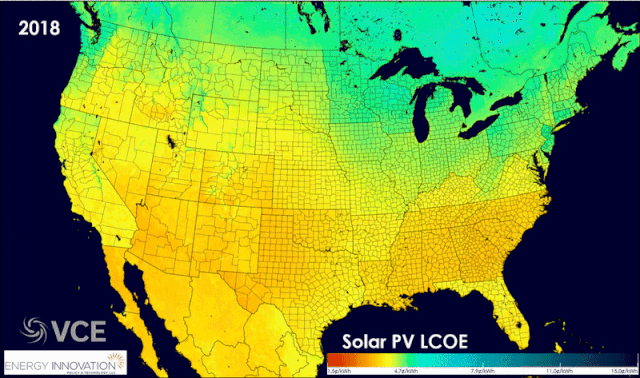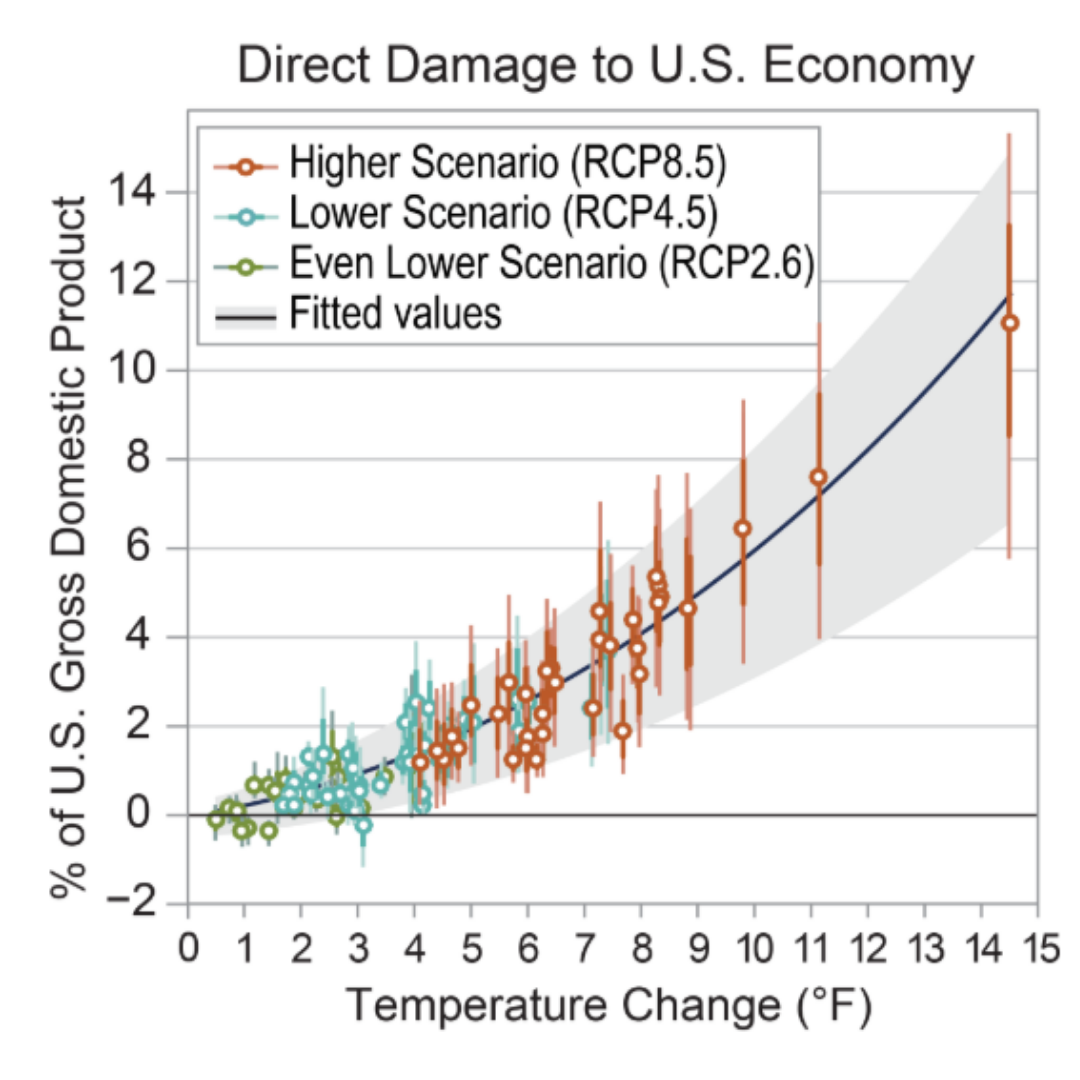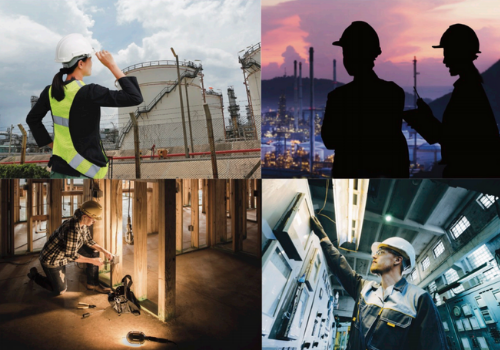Solving the Climate Crisis: Drawing Down Carbon and Building Up the American Economy
At 10 a.m. on Tuesday, April 30, the Select Committee on the Climate Crisis will hold a hearing on “Solving the Climate Crisis: Drawing Down Carbon and Building Up the American Economy.” The hearing will be held in Room 2247 of the Rayburn House Office Building and will be streamed live on this page.
Opening statement from Rep. Kathy Castor
“We have to pursue many options to meet our goals by 2030 and 2050. The one option we don’t have any more is delay. We must choose climate action now.” - U.S. Rep. Kathy Castor.
Read Rep. Castor's opening statement
Witness Testimony and Resources
Diana Liverman (@DianaLiv), a professor of geography at the University of Arizona. Liverman served as a lead author for the Intergovernmental Panel on Climate Change's report on limiting warming to 1.5 degrees C and she’s advised numerous government committees, NGOs and businesses on climate change. Her research focuses on how climate change affects people, including historically disempowered groups, and how society can adapt to climate change. (Bio)
Read a copy of Dr. Liverman’s testimony.
Highlights
Carbon pollution has increased carbon dioxide levels in the atmosphere to 410 parts per million, a 50 percent increase over the baseline.
_0.png)
In 2018, the Intergovernmental Panel on Climate Change issued a special report on making sure the climate crisis doesn’t bring us past a global temperature increase of 1.5C.
The IPCC economic impact projections show that limiting warming to 1.5°C rather than 2°C would avoid $15 to 38 trillion in damages by the end of the century.
Every amount of warming we can avoid matters: it reduces heat stress, coastal flooding and all the other negative effects of the climate crisis.
Our own National Climate Assessment lays out our choices, too:
“Climate change creates new risks and exacerbates existing vulnerabilities in communities across the United States, presenting growing challenges to human health and safety, quality of life, and the rate of economic growth.”
David Foster, distinguished associate with the Energy Futures Initiative (@EFIForTheFuture). Previously, Foster served as a senior advisor to U.S. Secretary of Energy Ernest Moniz and was the founding executive director of the BlueGreen Alliance, a partnership betweHighen unions and environmental organizations. From 1990 to 2006, Foster was the director of U.S. Steelworkers District 11, a 13-state region based in Minneapolis. (Bio)
Read a copy of David Foster’s testimony.
Highlights
“Problems are just opportunities in work clothes.” - Henry J. Kaiser, pictured here smiling behind President Franklin D. Roosevelt, built “an innovative manufacturing enterprise that included aluminum, steel, and ship building and created the health care delivery system that still bears his name.”
“Today, of the 6.7 million Americans who work in the energy and energy efficiency industries over 3.5 million, more than 50%, are contributing to a lower emissions economy.”
What does this workforce, look like?
- Energy and energy efficiency jobs pay substantially more than equivalent occupations outside of the energy field. An important factor: the higher degree of unionization in America’s energy sector.
- Our energy and energy efficiency workforce is racially as diverse or more diverse than the American workforce as a whole.
- Gender equity, however, remains an issue.
View state-by-state information about energy jobs from the U.S. Energy and Employment Report:
“If it is done right, with the interests of America’s middle class and working families, at heart, there will be a place at the table, a job and a paycheck for every American while we solve the climate crisis. But we have to do it right.” - David Foster
The quality of energy jobs is very often the anchor to the social and economic quality of a community.
David Foster’s recommendations:
- Embrace a flexible strategy on climate solutions. “There is no silver bullet, no single technology, nor one perfect policy that can guide our economy to a low carbon endpoint…”
- Accelerate our investments in energy efficiency “with a special priority on those regions of the country negatively impacted by declining use of fossil fuels.”
- Invest in energy infrastructure.
- Focus on the manufacturing supply chains that our new energy technologies are creating.
- Address the workforce development crisis across all energy technologies, but particularly in energy efficiency.
Hal Harvey (@hal_harvey), the CEO of Energy Innovation, an energy and environmental policy firm. Harvey founded the Energy Foundation and has served on federal energy panels under George H.W. Bush and Bill Clinton. In 2018, he received the United Nations Clean Air and Climate Change Award and he is the author of two books and dozens of articles on energy and security, including Designing Climate Solutions: A Policy Guide for Low-Carbon Energy. (Bio)
Read a copy of Hal Harvey’s testimony.
Highlights
“It is now cheaper to save the Earth than to ruin it.”
Costs for clean energy technology are rapidly declining, Including wind, solar and batteries:

The clean energy revolution is happening everywhere. Solar and wind are cheap enough to replace three quarters of the country’s coal plants, including within 35 miles of existing plants. “That means re-using existing transmission infrastructure; decarbonizing the grid; saving consumers money; and adding high-quality jobs right where they are needed, all at once.”
Hal Harvey’s top policy recommendations to the committee:
- Require the Federal Energy Regulatory Commission to cut emissions and lower costs.
- Adopt performance-based targets for the grid.
- Stronger efficiency standards for cars and trucks with support for electric vehicles.
Christopher Guith, Acting President and CEO of the U.S. Chamber of Commerce’s Global Energy Institute. Previously, Guith served as a deputy assistant secretary in the George W. Bush administration and worked in the offices of Reps. Bob Barr (R-Ga.) and Tim Murphy (R-Pa.). (Bio)
Read a copy of Christopher Guith’s testimony.
Highlights
“Global climate change is one of the most complex and far-reaching issues facing governments and the businesses community. The Chamber recognizes that the climate is changing, humans are contributing to these changes, and these changes pose risks. The question for businesses and policymakers is how to best manage these risks, capture opportunities, and maintain our global economic leadership. Inaction is not an option.”
“Technology, supported by sound policy, will be the key to tackling the challenges and capitalizing on the opportunities presented by climate change.”
Some of the key technologies to focus on:
- advanced nuclear
- energy efficient systems and building materials
- large-scale renewables
- energy storage and batteries
- high-efficiency low-emission power plants
- carbon capture and storage and utilization
Witnesses
Mr. David Foster
Distinguished Associate, Energy Futures Initiative
Mr. Christopher Guith
Acting President and CEO, U.S. Chamber of Commerce, Global Energy Institute
Mr. Hal Harvey
CEO, Energy Innovation
Dr. Diana Liverman
Regents Professor of Geography and Development, University of Arizona


